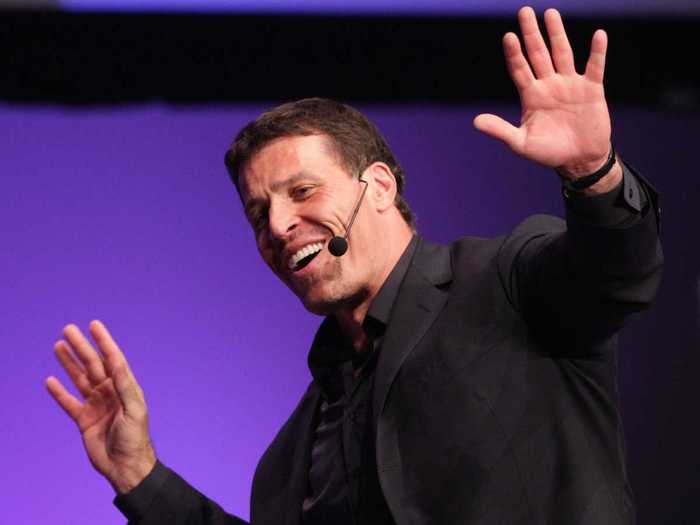The 5 most common public speaking myths
1. Only naturals can be great speakers.

2. Experienced speakers no longer become nervous before a speech.

As Stanford psychologist Kelly McGonigal explained in a viral 2013 TED Talk, the rush of adrenaline you feel before a performance is a natural reaction that should not be anxiety-inducing, but rather empowering.
As you develop as a speaker, your pre-speech jitters will diminish, but that flare of your nerves will never go away if you're about to give a presentation you genuinely care about.
Former New York Toastmasters president Joshua Rinaldi told Business Insider that anyone from a novice to professional can benefit from avoiding caffeine an hour before their presentation and 30 seconds of controlled, deep breaths before stepping in front of your audience, in order to best manage your nervous energy.
3. Introverts can't excel on stage.

Susan Cain, author of the bestseller "Quiet: The Power of Introverts in a World That Can't Stop Talking," explains in her book that introverts are not necessarily shy, but gain energy from low-key environments.
Continuing on the earlier point about playing to strengths, introverts don't need to mimic a high-energy extrovert like Tony Robbins when they speak to an audience, but can go at their own pace in a thoughtful way.
Cain, a self-described introvert, said she joined Toastmasters to become a better public speaker because it provided her with a forum to practice that felt safe and supportive.
4. The best speeches are memorized.

Many beginners think that giving a speech is similar to giving a monologue in a play, memorizing carefully constructed lines word for word. In a presentation, however, you need to work off of your audience to best impart value to them.
Performance coach Tony Robbins has given thousands of presentations to packed audiences over the past 30 years, and said that the only way a presentation works is if it's in some way tailored to the people in front of him.
"So if you're just giving some frickin' talk you've memorized over and over again, you're going to have a flat affect," he said. "If you've just got a bunch of visuals on the screen that are leading your talk, hang up your shoes and get the hell out of there."
"You need to be in the moment and flexible to make it real and raw," Robbins said. "You'll enjoy it, they'll enjoy it, and you'll be memorable."
5. There's a rigid code of conduct for speeches.

Giving a serious speech doesn't require you to stand rigidly behind a lectern. And if you're going to go without a podium, you shouldn't be conscious of yourself when it's time to give the presentation. You should instead be genuine, which in turn makes you engaging.
It comes with practice. "It took me 10 years to learn to be myself on stage," 2014 Toastmasters champion Dananjaya Hettiarachchi said with a laugh.
By feeling comfortable with your movements and expressions, you can maintain a conversational tone with your audience, which is paramount.
Popular Right Now
Advertisement